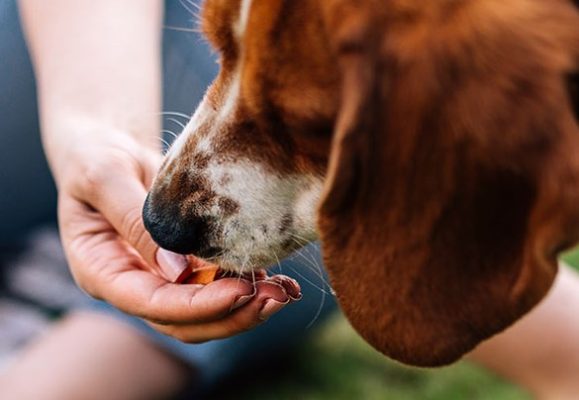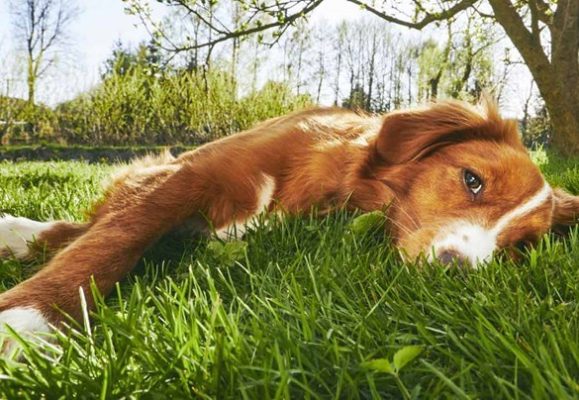HEALTH GUIDES
Helping you care for your cat or dog
Find out more about some of the reasons your dog may get worms, and what you can do to keep them away from your dog and family.
Easily treat your dog for worms at home – discover how long it takes and how often you should do it.
You love your dog. And for the most part, you’ll know it’s easy to tell how they’re feeling or what they want. Except when it comes to knowing if they
Identifying worms in dogs can be difficult, discover the types of worms in dogs and what to look for.



